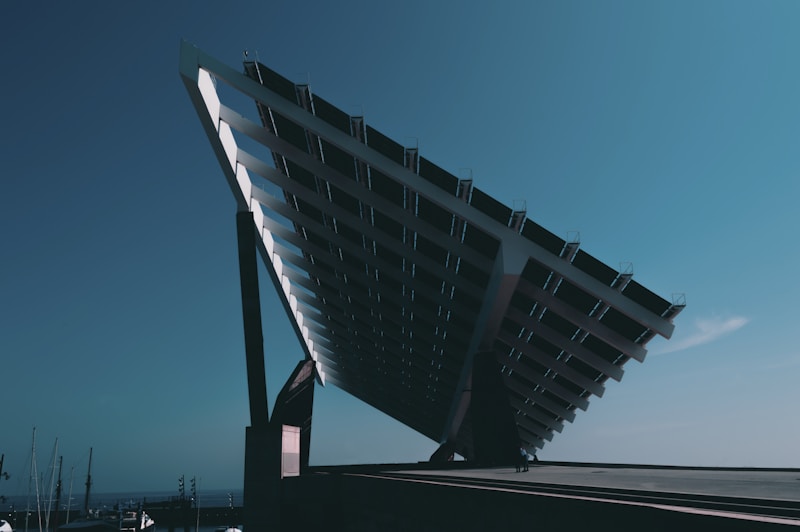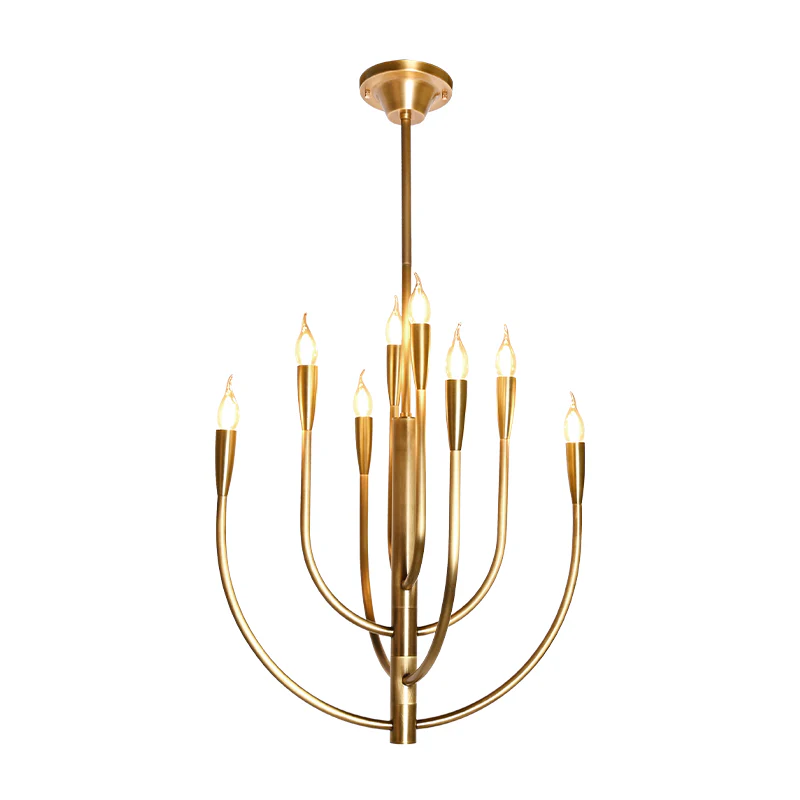Exploring Energy-Efficient LED Bulb Options for Your Home
Exploring Energy-Efficient LED Bulb Options for Your Home
Introduction to Energy-Efficient LED Bulb Options
In today's world, where environmental concerns and energy efficiency are at the forefront, the choice of lighting can significantly impact both your electricity bill and your carbon footprint. Energy-efficient LED bulbs are becoming increasingly popular due to their long lifespan, reduced energy consumption, and enhanced lighting quality. This article delves into various energy-efficient LED bulb options, their benefits, and how they can enhance your living space.
What Are LED Bulbs?
LED stands for light-emitting diode, which is a semiconductor device that emits light when current flows through it. Unlike traditional incandescent bulbs that produce light through heating a filament, LEDs convert energy into light more effectively, making them a preferred option for energy-conscious consumers.
Benefits of Using Energy-Efficient LED Bulbs
Choosing energy-efficient LED bulbs comes with a plethora of benefits:
- Energy Savings: LED bulbs use up to 80% less electricity compared to incandescent bulbs, significantly lowering your energy bills.
- Longevity: An average LED bulb lasts approximately 25,000 hours, much longer than traditional bulbs, which typically last around 1,000 hours.
- Low Heat Emission: LEDs emit very little heat, providing cooler lighting that reduces the risk of overheating in your living space.
- Variety and Versatility: Energy-efficient LED bulbs come in a wide range of colors, shapes, and sizes, making them suitable for various settings and applications.

Types of Energy-Efficient LED Bulbs
When choosing LED bulbs, it's essential to consider the different types available to suit various applications in your home. Below are some popular types:
| Type of LED Bulb | Best For | Key Features |
| Standard A19 LED Bulb | General Lighting | 12-15 watts, equivalent to 60-100 watt incandescent |
| Dimmer-Compatibility LED Bulb | Living Rooms, Bedrooms | Compatibility with dimmer switches, adjustable brightness |
| PAR LED Bulb | Spotlighting | Directional lighting, excellent for spotlighting art or features |
| CFL Replacement LED Bulb | General Areas | Similar size and shape to CFL, immediate brightness |
| Smart LED Bulb | Smart Homes | Remote control, color and brightness adjustments via smartphone |
How to Choose the Right Energy-Efficient LED Bulb
Selecting the right energy-efficient LED bulb for your specific needs can be overwhelming. Here are some considerations to help you make the best choice:
1. Color Temperature
LED bulbs are available in various color temperatures measured in Kelvins (K). The lower the Kelvin number, the warmer the light. For example, a 2700K bulb emits a soft, warm light ideal for living rooms, while a 5000K bulb offers a cooler daylight effect, suitable for workspaces.
2. Brightness and Wattage
Brightness is measured in lumens, while wattage indicates energy use. When shopping for LED bulbs, consider how much light you need in each room. A general rule is to choose bulbs that provide at least 800 lumens (equivalent to a 60-watt incandescent bulb) for typical use in living spaces.
3. Energy Star Certification
Look for bulbs with the Energy Star label, ensuring that they meet strict efficiency and performance criteria set by the EPA. This certification guarantees that you are investing in a product designed to save you energy and money.
4. Lifespan and Cost
While LED bulbs may have a higher upfront cost, their long lifespan and energy savings make them a cost-effective choice in the long run. Compare the cost per bulb against the projected lifespan and energy savings to determine your best options.
Installation and Maintenance Tips
Once you've selected your energy-efficient LED bulbs, it's time to ensure proper installation and maintenance:
- Turn Off Power: Always turn off the electricity at the circuit breaker before changing bulbs.
- Check Compatibility: Ensure that your fixtures and dimmer switches are compatible with the LED bulbs you've purchased.
- Clean Regularly: Dust and grime can easily accumulate on bulbs and fixtures, reducing brightness. Clean your bulbs and light fixtures regularly for optimal performance.
- Recycle Old Bulbs: When replacing old bulbs, be mindful of recycling options, especially for fluorescent lights, which contain hazardous materials.
Common Questions about Energy-Efficient LED Bulbs
As consumers become increasingly interested in energy-efficient lighting, several frequently asked questions arise:
1. Do LED bulbs really save energy compared to incandescent bulbs?
Yes, LED bulbs use significantly less energy, often reducing consumption by 80% or more compared to traditional incandescent bulbs, leading to lower energy bills.
2. Can I use LED bulbs in enclosed fixtures?
Many LED bulbs are compatible with enclosed fixtures. However, check the packaging for any specific instructions or limitations on heat dissipation.
3. Are Dimmable LED bulbs worth the investment?
Dimmable LED bulbs can enhance mood and ambiance in your spaces, making them worthwhile if you have dimmer switches. Ensure the bulbs are compatible with your current dimming system.
4. What's the average lifespan of an LED bulb?
LED bulbs typically last around 25,000 hours or more, depending on usage, far outlasting traditional bulbs which average 1,000 hours.
Conclusion
Energy-efficient LED bulb options are a wise investment for anyone looking to reduce their energy bills and impact on the environment. By understanding the types of bulbs available, how to choose the right one, and installation tips, you're well on your way to a brighter, more efficient home. Always consider factors such as color temperature, brightness, energy certification, and lifespan to make informed decisions. With numerous choices at your disposal, transitioning to energy-efficient LED Lighting will not only brighten your spaces but also promote a sustainable lifestyle. Remember to look for the Energy Star label to ensure you're selecting the best options for your home.
As you make your lighting decisions, keep in mind the importance of proper installation and maintenance to ensure the longevity and efficiency of your LED bulbs. Happy lighting!
